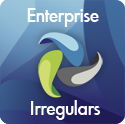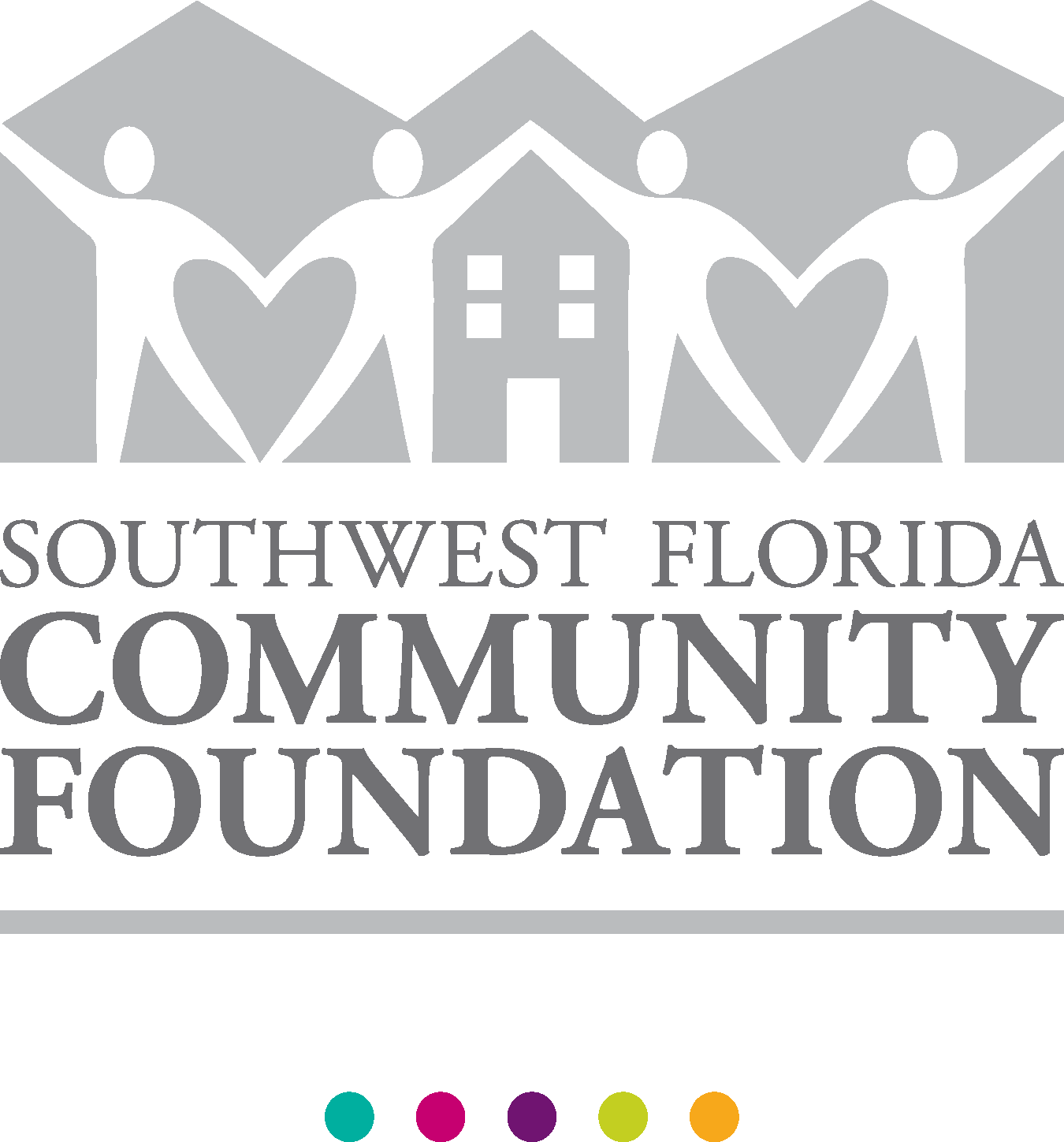[This post evolved from my Twitter reactions to a range of marketing messages and advertorials which make it sound as though their current on-premise customers, as well as the on-premise customers of other vendors, could get all the benefits of business innovation enabled by next generation HCM software without much rethinking, redesigning, and disruption. Dare I say balderdash!]
If and when you decide to migrate from your seriously old design, on-premise ERP to “the cloud,” please make sure that you get what you’re paying for. If any of the vendors proposing to subscribe you to their true or even faux SaaS products say that the new thing is non-disruptive, backward-compatible, just a migration, or similar, run for the hills. Frankly, there are only two possible interpretations of this nonsense, two alternative realities in which such statements make sense, and neither is a desirable place to bet your business or your career.
The first alternative reality is that the vendor is question has simply reincarnated much to mostly old thinking in new technology as was the case when PeopleSoft, although wonderfully new technically, was so close in domain concepts to its then mainframe competitors that it took litigation to prove that it wasn’t copied — on which point PeopleSoft won hands down — but rather just built to what were then (mid-80’s) common industry data designs, screens and processes. In this case, you’re definitely not going to get next generation HCM process or business thinking but rather the same old same old with a thin overlay of mobile delivery and enhanced analytics with (hopefully) improved costs. But the scary part of this reality is that the vendor in question may honestly not know how much change in business and HCM has taken place over the last 20+ years, or may not understand the importance of a complete rethinking of HCM with an eye on the future, and/or may honestly believe that the improvements in technology will in and of themselves drive the needed business outcomes. It’s scary but true that there may be vendors who honestly believe that non-disruption is a good thing.
The second alternative reality is a little darker although the vendor has done precisely the same thing with the software. In this case, not out of ignorance, naivete or a lack of resources, but rather out of — and this is the generous explanation — their belief that customers won’t be willing to dig in and do the heavy lifting that it takes to move from 1970 through 1990 HCM practices to ones designed for 2020 and/or that they must protect their installed base from looking at their other “cloud” options by minimizing the effort to migrate to their “cloud” applications. I do understand the enormous pressure for profits and the many other challenges that companies face when they try to reinvent themselves even as they must support current customers, but it can be done if there’s the will, early planning and effective execution. And it’s true that many customers are late adopters, not just of technology but also of major process change. I suspect late adoption/late-to-market is a big reason why the Fortune 500 company list changes SO rapidly. But HCM software vendors — for that matter all enterprise software vendors — don’t stay momentum players by being lulled into a false sense of security by there late adopter customers. Just one change in CHRO or CIO or CEO, and your previously happy on-premise customer is headed for someone else’s disruption-enabling “cloud.”
It’s really hard work, for both vendors and customers, to start over, to reconsider business processes in the face of changing times and changing technology, to design from scratch to meet tomorrow’s challenges, to clean up decades of poor data designs and coding structures, and to deliver all of this in a reasonable period of time. It’s really hard work for everyone involved to educate their organizations about the need for disruptive change, to make clear why you can’t get there from here without lightening the load of yesteryear’s thinking and doing. But only those organizations which are willing and able to reinvent themselves and their products/services frequently are going to survive and succeed. And the results of all that hard work should be disruptive, should not be backward compatible, and should be a new implementation of the enabling technology. And while you certainly don’t have to redesign every aspect of HCM at once, you can certainly use the help of a vendor which has thought through what next generation really means, not just in technology but in HCM as well, and gives you the tools you need to evolve as quickly as you can.
If you really just want something familiar but with and a more modern UX, increased processing speeds and pricing improvements, that’s fine, and there’s plenty of that to buy. But if you want to reinvent your business for the next 5, 10, even 20 years, I don’t think that’s enough. I think you need real disruption, and you need it now. As in all such matters, the consultant I used to be knows very well that it’s entirely your call how fast and with what level of innovation you move to “the cloud.” But please don’t think you’re going to get anything more than you pay for in the heavy lifting needed to achieve real innovation.







Interesting and thought provocing. Makes you wonder, where do I stand. As for myself, I have been working to improve “old-thinking” HCM solution for almost 2 decades.
One major change was the introduction of ESS and manager services to integrate the people in the processes. Another major wave was the reorgansation / outsourcing to shared services etc.
With regard to your notion of “disruptive changes” could you give one example what you see as a current disruptive change (with regarding to process…).
Thank you for sharing your thoughts here. Of course disruption is relative, but one area where I do see disruption with a small d happening IF customers are willing to do the heavy lifting is in embedded predictive analytics. For example, if I’m willing to clean up my underlying data design and coding structures sufficiently in the area of job and position http://infullbloom.us/3590/persistent-hrm-object-model-errors-part-i-job-and-position/ it becomes possible to push out to line managers who are making salary budget allocation decisions, right into the workflow where they are making those decisions and without the intervention of a human resources person, specific recommendations about who should get want give desired business outcomes, the predicted contributions of various positions and the people filling them toward those business outcomes, the flight risk of those people, and more.
Hello Naomi,
I certainly agree with what you are saying even though one also could say that some vendors are only saying what customers want to hear. It reminds me of my early SAP days (my god so far away now) where despite our advice, customers wanted to “rewrite SAP” with massive customization. It took quite a few years before some of these customers shifted to “I want to stick to the standard” speech. I can hear and see through project implementations here and there at the moment, regarding HCM cloud solutions, also customers wanting a brand new solution implemented in less than 2 months at a cost of less than X! Difficult in these conditions to, as you quoted “reinvent the business for the next 5, 10, even 20 years”
Regards,
Olivier
Thank you for sharing your thoughts here. There is of course a balancing act between rethink everything before touching new software and slam in the software and rethink later. It turns out that there are some big impact rethink targets in most organizations which warrant some upfront consideration whereas smaller impact items can evolve over time. And the best of HCM true SaaS enables this by being far less cement-like it’s intended to evolve rapidly with the nearly constant release of new functionality in bite-size pieces. For example, I always advise that job and position http://infullbloom.us/3590/persistent-hrm-object-model-errors-part-i-job-and-position/ get a heavy cleanup, as much as possible, from the start because they are so foundational.
Thanks so much for this feedback. It’s helpful to know that I’m not out of touch on this topic.
Great rant Naomi, an appropriate expression may be ‘No Pain, No Gain’. Of note, I heard the ‘data migration’ sales pitch a few weeks back in a similar context. I laughed.. and laughed…